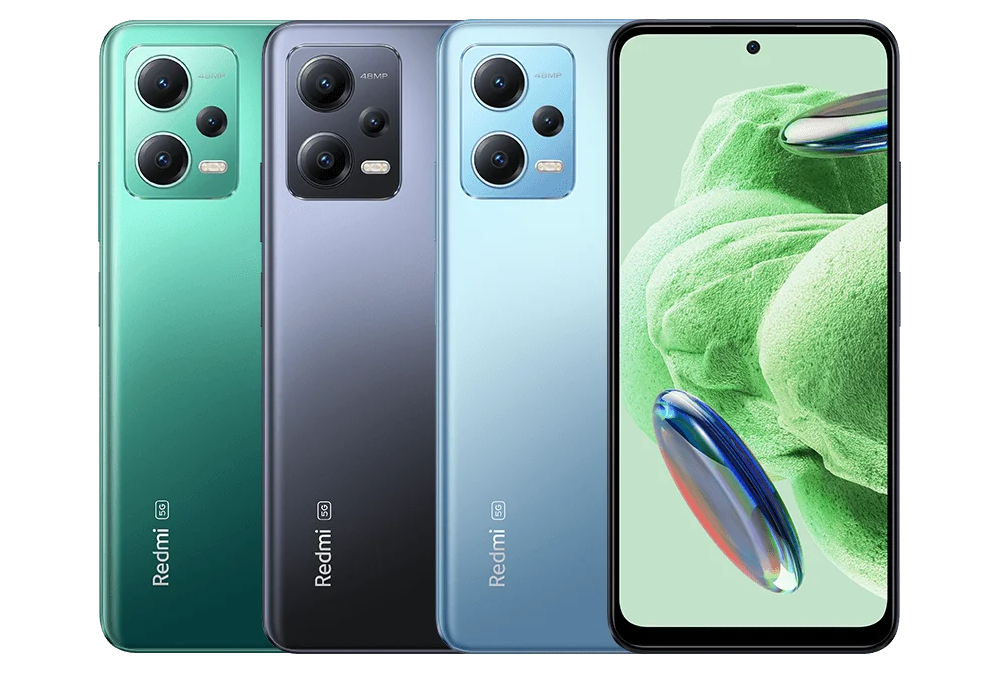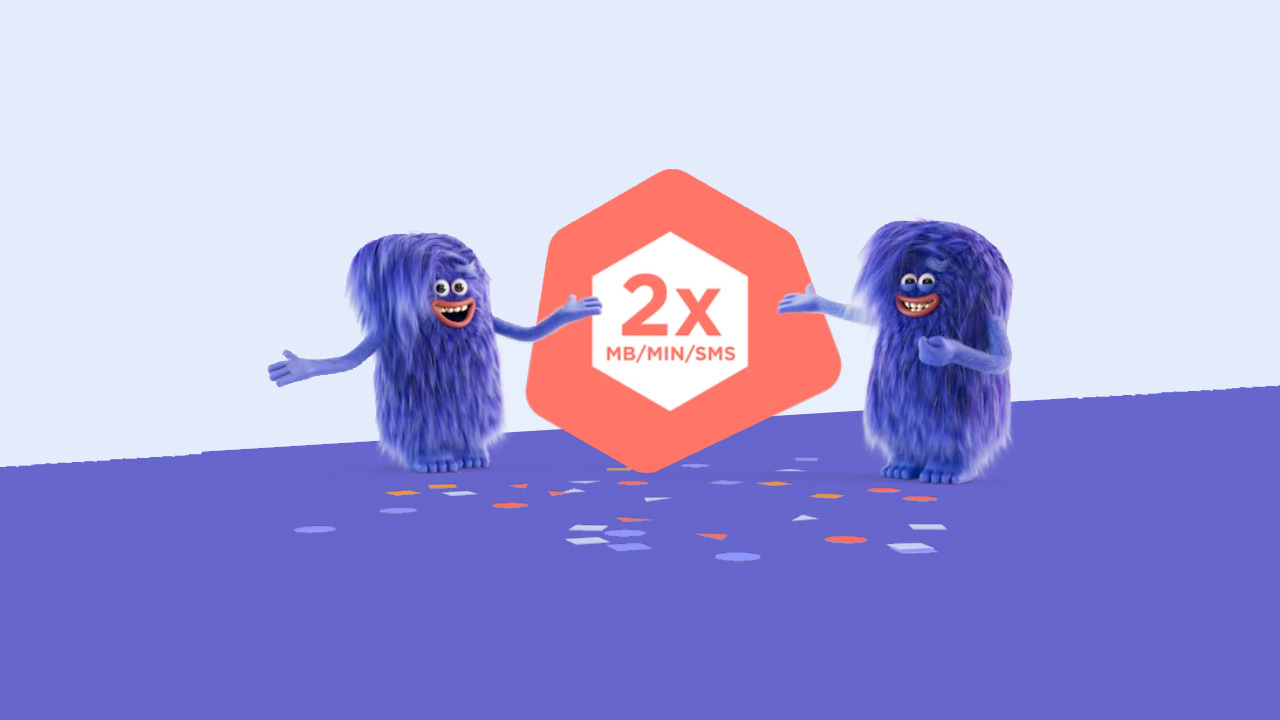Google’s hologram project goes from loft to flat screen TV
A next step for Google’s holograms: Project Starline is no longer a project that requires a whole cubicle to have a conversation with a 3D person: it is now also possible to do this on a television.
Project Starline
Google’s 3D Project gives you a 3D view of someone you’re calling, making it sort of like a floating hologram. You would think that something like this would have to be on a flat television with 3D glasses or augmented reality glasses, but that is not the case. Project Starline is entering a new phase in which an entire hologram cage is a thing of the past and a flat television is all that is needed, in addition to that special software, of course.
Google writes the following about it: “Our previous Project Starline prototypes took up an entire room and required complex hardware such as infrared light emitters and special cameras to create a live 3D model of the person you were talking to. While the results were impressive, the size and complexity of the system made it challenging to bring to many of today’s offices.”
Related articles
Video conferencing
“For our latest prototype, we have therefore developed new AI techniques that require only a few standard cameras to produce higher quality, lifelike 3D images. Thanks to these improvements, our prototype now resembles a more traditional video conferencing system – from the size of a restaurant booth to a flat screen TV – that is more deployable and accessible.”
The idea is that you will soon be able to have a video conference, but it will even more seem as if that person is actually sitting opposite you. This is particularly interesting with hybrid working, because it is less and less necessary for people to fly halfway across the world for a meeting, while at the same time there is no sense of such a distance. Companies such as T-Mobile and Salesforce have already had the opportunity to work with it and the initial reactions are extremely positive.
Do you need a little more immersive video conferencing, do you think this is a good solution? Leave it in the comments.



